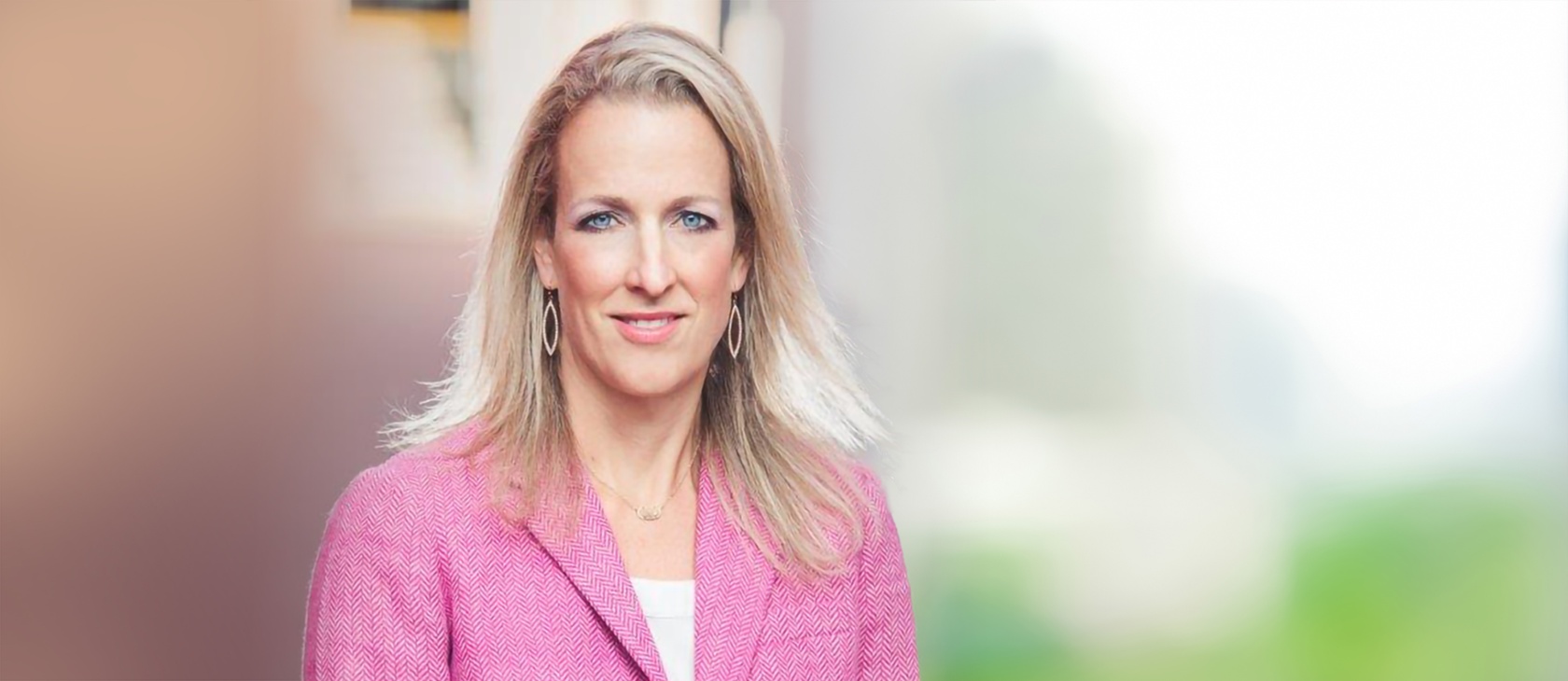


Many Americans are frustrated by elite private universities. We’ve seen their hostility to diversity of opinion and free speech, politically imbalanced faculty and administrators, galling instances of antisemitism, enormous costs, unfair admissions processes, and more. For such reasons, public approval of higher education had been low and falling for some time, particularly on America’s right. And that was before the campus unrest of 2024, which was concentrated at the most affluent private schools.
As a result, a growing number of hiring managers claim to be looking elsewhere. The Wall Street Journal recently reported on firms souring on Ivy grads, and 13 federal appeals court judges now won’t hire clerks from Columbia. However, according to two major new studies, it would take a whole lot more to make even a dent in the influence of America’s most prestigious private schools.
It’s no secret that a few American institutions are led by a disproportionate number of elite-college graduates. For example, all nine of today’s US Supreme Court justices went to private colleges; seven went to Ivies as undergraduates, and eight went to Ivies for law school. And since 1989, every president other than Joe Biden has had at least one Ivy degree. But that might be only the tip of the iceberg. A 2023 paper by a team of Ivy economists about “Ivy+” schools (the eight Ivies plus four other highly selective privates) argued that “leadership positions in the US are disproportionately held by graduates” of these colleges. Covering the study for The Atlantic, a Harvard-educated author wrote an essay titled, “You Have to Care About Harvard” with the subtitle, “It creates the super-elite. The super-elite create America.”
Then in 2024, an article in the prestigious Nature by five academics titled “The most successful and influential Americans come from a surprisingly narrow range of ‘elite’ educational backgrounds,” had similar findings. Finally, David Brooks’ fall 2024 cover story for The Atlantic, “How the Ivy League Broke America,” took this argument mainstream, detailing the dominant role these schools have played in our nation’s culture and leadership for generations.
It must be the case, then, that the pathway to professional significance runs straight through these elite schools.
Questioning the Elite-Centric Narrative
Something about this research, however, didn’t sit right with me. I’ve served in eight government positions during my career, and I’ve come across many great public leaders. Relatively few of them hail from the small, elite, private schools that get so much attention. I wondered if there was a problem of perspective: I noted that all but one of the nine above-mentioned authors have a private-university degree and that six of the nine have at least one Ivy degree. Indeed, inside these studies, I found a possible explanation for the disconnect between their headlines and my experience: The scholars focus on institutions that don’t fully reflect America’s leadership ranks. When I think of the most influential, respected public figures, I don’t picture—as these studies do—those inhabiting Acela-corridor consulting firms, Harvard’s faculty lounge, the New York Times’ breakroom, or the hallways of the Bilderberg meeting. Such places, in my estimation, are judged important by the graduates of elite private schools but few other Americans.
My instinct, then, was that the dominant Ivy-centric narrative was misleading, or at least incomplete, and that this story could be undermining American higher education and equal opportunity more broadly. To be more specific, my hypothesis was that many, if not most, American leaders came from a far broader array of public and private universities, including those deemed less prestigious in elite circles. As a result, I worried, philanthropists committed to leadership-development have been directing mountains of funds to a narrow slice of elite schools while underinvesting in others. And because of the false narrative, many high-potential young people weren’t given leadership opportunities because they hadn’t attended what were thought to be the right schools.
If my hypothesis were correct, elite colleges might well have a meaningful footprint in a narrow slice of high-profile institutions. But the graduates of other schools a) make up the lion’s share of all key American public leaders and b) deserve greater opportunities in elite-dominated institutions given their leadership success elsewhere.
The Egalitarian Education of American Leaders
I researched the educational backgrounds of those holding an array of top public positions: governors, state attorneys general, state supreme court justices, state legislative leaders, and state education superintendents. I also identified which law firms were considered the most elite in each state and then researched the schooling of those firms’ leaders (e.g., managing partner, practice leader, management-team member).
My findings challenge the notion that the graduates of a small number of elite private schools dominate our leadership ranks and show the importance of geography when considering leadership development.
Across the public offices, the same three themes held whether looking at undergraduate or graduate education. First, these individuals were likelier to have gone to public than private institutions. Second, they were likelier to have been educated in the states they served than in other states—meaning they didn’t need to go hundreds or thousands of miles away to be schooled for leadership. Third, and perhaps most strikingly, they were likelier to have gone to public flagship universities than Ivy+ schools.
Literally hundreds of state supreme court justices, attorneys general, and firm-leading attorneys attended other schools. Indeed, Chief Justice William Rehnquist chose nearly as many clerks from public law schools as Ivy+ law schools.
The data provided one remarkable finding after another. Here are just a few. At the undergraduate level, the 12 publics most attended by these leaders can claim more graduates than the 12 Ivy+ schools. And the publics are not just Cal-Berkeley and the University of Virginia. The Universities of Texas, Arkansas, Georgia, Mississippi, and Wyoming each educated more than Stanford or Princeton. Auburn, Indiana, and LSU educated more than Brown, Columbia, and Penn.
More than half of governors went to a public college, and all of these went to a school in their state or in a state that bordered their own. Demonstrating that America has many pathways into public leadership: The 49 governors with a college degree graduated from 46 different colleges. State legislative leaders (like house speakers and senate presidents) were seven times likelier to go to a public flagship than an Ivy+.
Possibly the most surprising office is state supreme court justice. Vastly different than US Supreme Court justices, these leading figures were likelier to go to public undergraduate and public law schools than private. In fact, in 22 states not a single Supreme Court justice went to an Ivy+ college; in half of states, not a single justice went to an Ivy+ law school.
To check whether these egalitarian results were particular to public offices, I looked at the leaders of states’ top law firms. Perhaps the private sector would prefer the products of private elite institutions. Not so. The findings were the same: As a rule, public over private and flagship over Ivy+. In fact, in the vast majority of states, the most attended college and law school among these leaders are in-state publics.
So many of these results deserve attention, but one stands out. It helps explain why we have a distended view of the importance of Ivy+ and other elite private schools. In most states, those institutions cast a very, very small shadow. Few if any leaders attended those schools. But in a few states—like California, Connecticut, Massachusetts, and New York—elite-college graduates are predominant in leadership ranks. These are the very states where so many journalists, commentators, academics, and thought leaders live and work. For instance, in California and Connecticut, nearly half of the public officials went to an Ivy+ college. In Massachusetts and New York, more than a third of the top attorneys identified went to an Ivy+ law school. To put a fine point on it: Why do the people with platforms seem to endlessly talk about elite private schools? Because they are surrounded by people who attended them.
Rightsizing for Opportunity
None of this should be read as a disparagement of elite private schools. They produce great graduates who contribute to our nation. My aim is to right-size our assessment of the influence of these schools and our assessment of the leadership-development record of other schools. That means ratcheting down the former and ratcheting up the latter.
My initial research was limited to the positions detailed above. I certainly concede that other leadership positions are disproportionately filled by elite-college graduates. My primary concern in that regard is that some leaders may still believe, because of the elite-private narrative, that America’s real talent is found in Ivy+ schools. For instance, despite my findings about the remarkable leadership talent coming from an array of public schools, Rhodes Scholarships and MacArthur Fellow “genius” grants go overwhelmingly to Ivy+ graduates. It is, in my view, essential to American opportunity that our leading institutions take seriously their obligation to find and elevate talent from all corners of the nation. Said another way, I believe we should be uncomfortable if those institutions instead pull primarily from universities that have been shown to have admissions systems that privilege the children of alumni, the children of the most affluent and connected parents, and the children of families that have made enormous donations.
Let me give two concrete examples of how this can go right and wrong. First, being selected as a US Supreme Court law clerk is the skeleton key to doors of opportunity. Whom justices choose for these coveted spots matters enormously. But according to my research, Justice Elena Kagan has had 61 clerks, and all but one had one or more Ivy+ degrees. Talented young lawyers without an Ivy+ pedigree might well think there’s a “People like you need not apply” sign on that door to opportunity. Obviously, it’s not the case that only Ivy schools produce talented layers: My research found literally hundreds of state supreme court justices, attorneys general, and firm-leading attorneys who attended other schools. Indeed, Chief Justice William Rehnquist chose nearly as many clerks from public law schools as Ivy+ law schools.
Second, the White House Fellowship is the nation’s premier pathway into the highest levels of governing authority. Its alumni can be found across all of our most consequential public institutions. The president chooses a commission that selects about 15 fellows annually. The membership of that commission matters a great deal—they pick so many of our future leaders. Since the program’s inception in the 1960s, President George W. Bush has been the most egalitarian in his approach to choosing commissioners: About half went to public colleges, and only 12 percent had any Ivy+ degree. By contrast, President Jimmy Carter and President Barack Obama always had 50 to 60 percent of commissioners with at least one Ivy+ degree. That sends a clear signal about who has and who knows talent.
American Pluralism
A constellation of publics and less heralded privates do outstanding work producing future leaders. On this score, America’s flagship publics have earned greater attention and praise as have, according to my findings, private schools like Boston College, BYU, Creighton, Denver, Drake, Notre Dame, Seton Hall, and Willamette.
Although some elite private schools have not exactly wrapped themselves in glory in recent years, they are still an important part of our post-secondary landscape. We should be glad to recognize that. But we must stop giving such schools more attention than they deserve. Undue recognition only perpetuates the false sense that American talent is concentrated on a few campuses. A far broader set of schools is forming tomorrow’s leaders, and that is good news for America.









